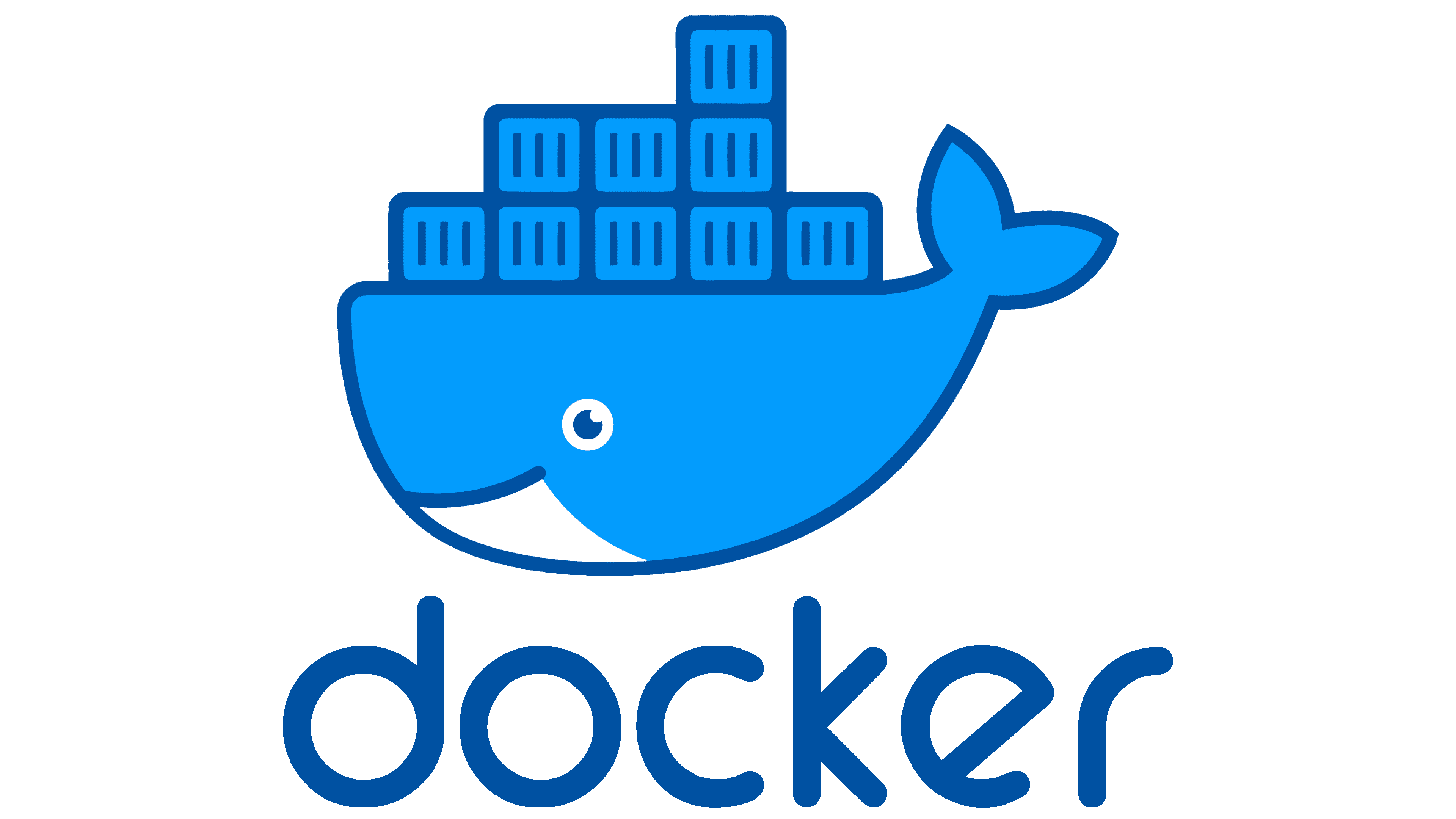Docker Cheatsheet
Cheatsheet for Docker

Introduction
This is a quick cheat sheet from Sematext’s Docker Cheatsheet
Docker Cheatsheet
Tutorial series
Get started with Docker: https://docs.docker.com/engine/getstarted/
Installation
Linux
Install script provided by Docker:
curl -sSL https://get.docker.com/ | sh
Or see Installation instructions for your Linux distribution.
Mac OS X
Download and install Docker For Mac
Create Docker VM with Docker Machine
You can use Docker Machine to:
- Install and run Docker on Mac or Windows
- Provision and manage multiple remote Docker hosts
- Provision Swarm clusters
A simple example to create a local Docker VM with VirtualBox:
docker-machine create --driver=virtualbox default
docker-machine ls
eval "$(docker-machine env default)"
Then start up a container:
docker run alpine echo "hello-world"
That’s it, you have a running Docker container.
Container lifecycle
- Create a container:
docker create imageName. - Create and start a container in one operation:
docker run imageName- Remove the container after it stops
--rm:docker run --rm alpine ls /usr/lib - Attach the container stdin/stdout to the current terminal use
-it:docker run -it ubuntu bash - To mount a directory on the host to a container add
-voption, e.g.docker run -v $HOSTDIR:$DOCKERDIR imageName - To map a container port use
-p $HOSTPORT:$CONTAINERPORT:docker run -p 8080:80 nginx - To run the container in background use
-dswitch:docker run -d -p 8080:80 nginx - Set container name:
docker run --name myContainerName imageName - Example to run nginx web server to serve files from html directory on port 8080:
- Remove the container after it stops
docker run -d -v $(pwd)/html:/usr/share/nginx/html -p 8080:80 --name myNginx nginx
# access the webserver
curl http://localhost:8080
-
In some cases containers need extended privileges. Add privileges with the
--cap_addswitch, e.g.docker run --cap-add SYS_ADMIN imageName. The flag--cap_dropis used to remove privileges. -
Rename a container:
docker rename name newName -
Delete a container:
docker rm containerID- Delete all unused containers:
docker ps -q -a | xargs docker rm - Remove the volumes associated with a container:
docker rm -v containerName
- Delete all unused containers:
-
Update container resource limits:
docker update --cpu-shares 512 -m 300M -
List running containers:
docker ps -
List all containers:
docker ps -a -
List all container IDs:
docker ps -q -a
Starting and stopping containers
- Start a container:
docker start containerName*docker stop - Restart a container:
docker restart containerName - Pause a container (“freeze”):
docker pause containerName - Unpause a container:
docker unpause containerName - Stop and wait for termination:
docker wait containerName - Kill a container (sends SIGKILL):
docker kill containerName
Executing commands in containers and apply changes
- Execute a command in a container:
docker exec -it containerName command - Copy files or folders between a container and the local filesystem:
docker cp containerName:path localFileordocker cp localPath containerName:path - Apply changes in container file systems:
docker commit containerName
Logging and monitoring
Logging on Docker could be challenging - check Top 10 Docker Logging Gotchas.
- Show container logs:
docker logs containerName - Show only new logs:
docker logs -f containerName - Show CPU and memory usage:
docker stats - Show CPU and memory usage for specific containers:
docker stats containerName1 containerName2 - Show running processes in a container:
docker top containerName - Show Docker events:
docker events - Show storage usage:
docker system df - To run a container with a custom logging driver (i.e., to syslog), use:
docker run -–log-driver syslog –-log-opt syslog-address=udp://syslog-server:514 \
alpine echo hello world
- Use Logagent for log collection and Sematext Agent for metrics and event monitoring. Create Docker Monitoring App & Logs App in Sematext Cloud to get required tokens and use them instead the placeholders
YourContainerToken,YourInfraTokenandYourLogsTokenin commands below. Start collecting all container metrics, host metrics and Docker events:
docker run -d --restart always --privileged -P --name st-agent \
-v /sys/kernel/debug:/sys/kernel/debug \
-v /var/run/:/var/run/ \
-v /proc:/host/proc:ro \
-v /etc:/host/etc:ro \
-v /sys:/host/sys:ro \
-v /usr/lib:/host/usr/lib:ro \
-e CONTAINER_TOKEN=YourContainerToken \
-e INFRA_TOKEN=YourInfraToken \
-e JOURNAL_DIR=/var/run/st-agent \
-e LOGGING_WRITE_EVENTS=false \
-e LOGGING_REQUEST_TRACKING=false \
-e LOGGING_LEVEL=info \
-e NODE_NAME=`hostname` \
-e CONTAINER_SKIP_BY_IMAGE=sematext \
sematext/agent:latest
Collect all container logs:
docker run -d --name st-logagent \
-e LOGS_TOKEN=YourLogsToken \
-v /var/run/docker.sock:/var/run/docker.sock \
sematext/logagent
The commands above will collect all container metrics, host metrics, Docker events, and container logs.
Exploring Docker information
- Show Docker info:
docker info - List all containers:
docker ps -a - List all images:
docker image ls - Show all container details:
docker inspect containerName - Show changes in the container’s files:
docker diff containerName
Manage Docker images
- List all images:
docker images - Search in registry for an image:
docker search searchTerm - Pull image from a registry:
docker pull imageNamepulls an image from registry to local machine - Create image from Dockerfile:
docker build - Remove image:
docker rmi imageName - Export container into tgz file:
docker export myContainerName -o myContainerName - Create an image from a tgz file:
docker import file
Docker networks
- List existing networks:
docker network ls - Create a network:
docker network create netName - Remove network:
docker network rm netName - Show network details:
docker network inspect - Connect container to a network:
docker network connect networkName containerName - Disconnect network from container:
docker network disconnect networkName containerName
Data cleanup
Data management commands:
- Remove unused resources:
docker system prune - Remove unused volumes:
docker volume prune - Remove unused networks:
docker network prune - Remove unused containers:
docker container prune - Remove unused images:
docker image prune
